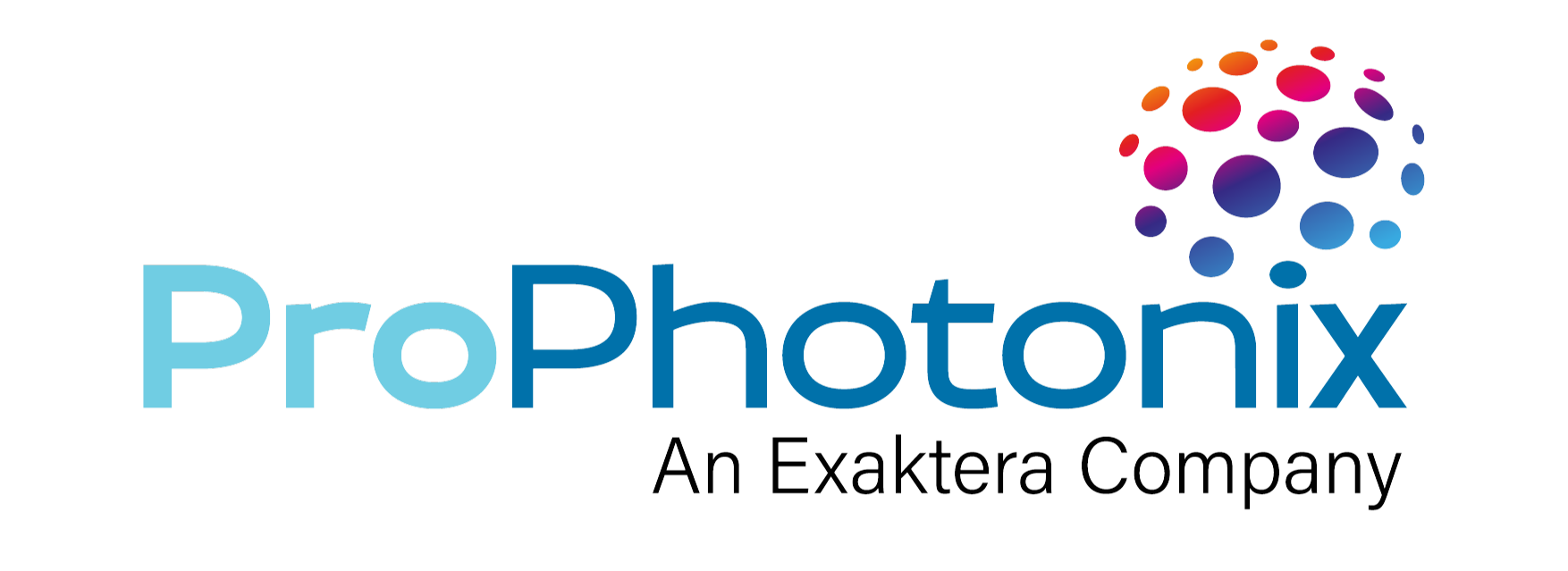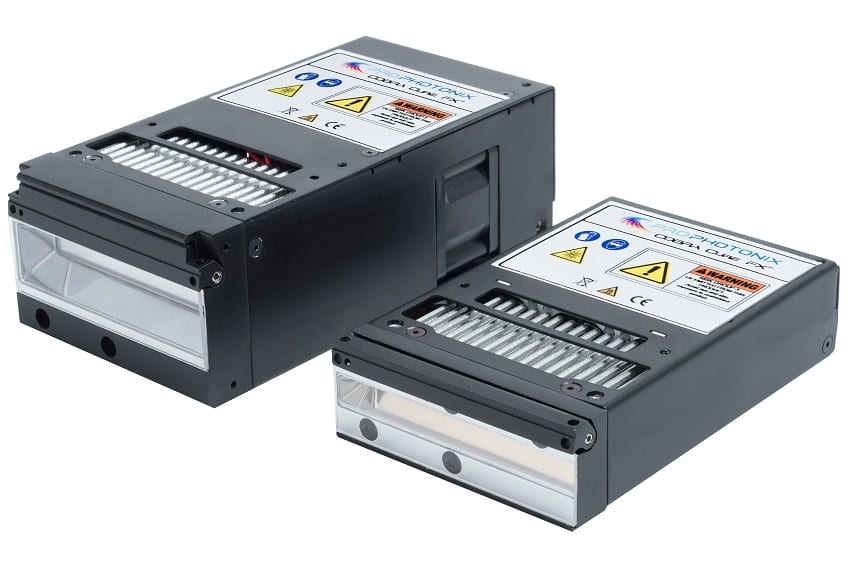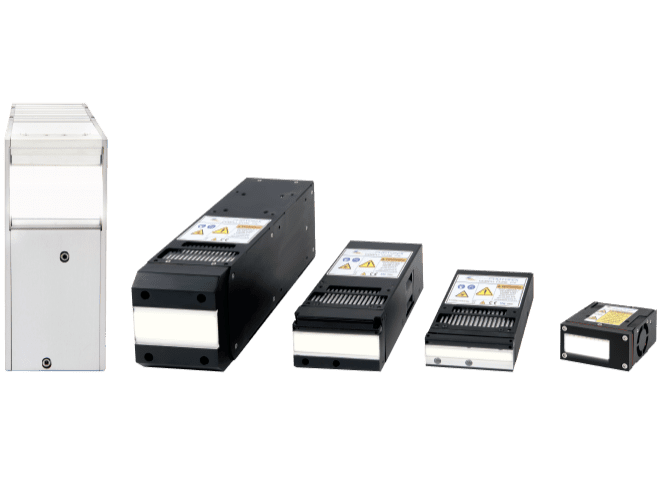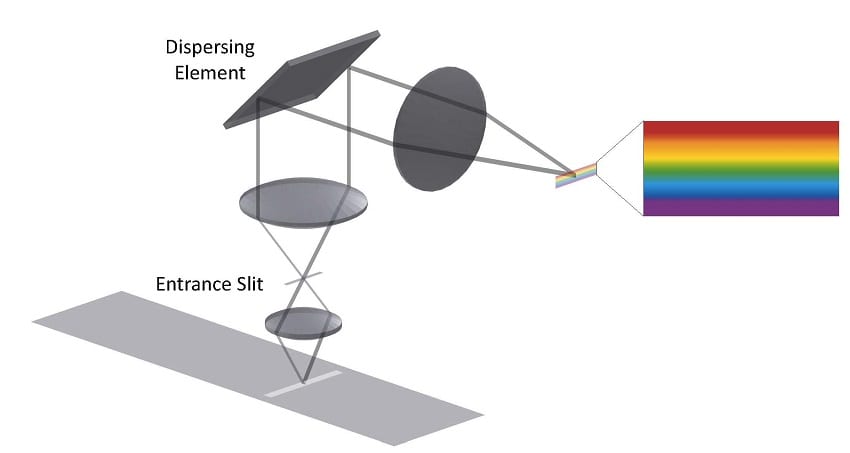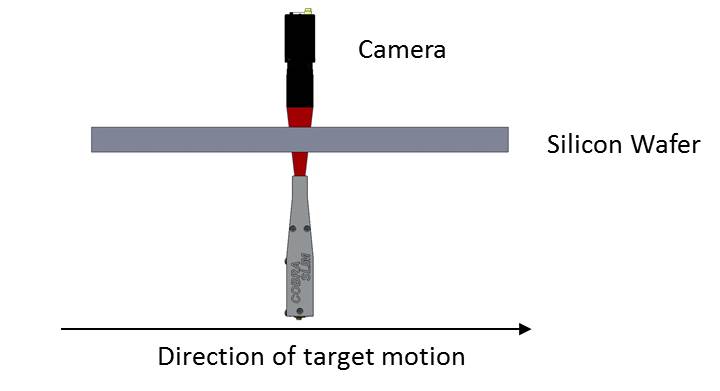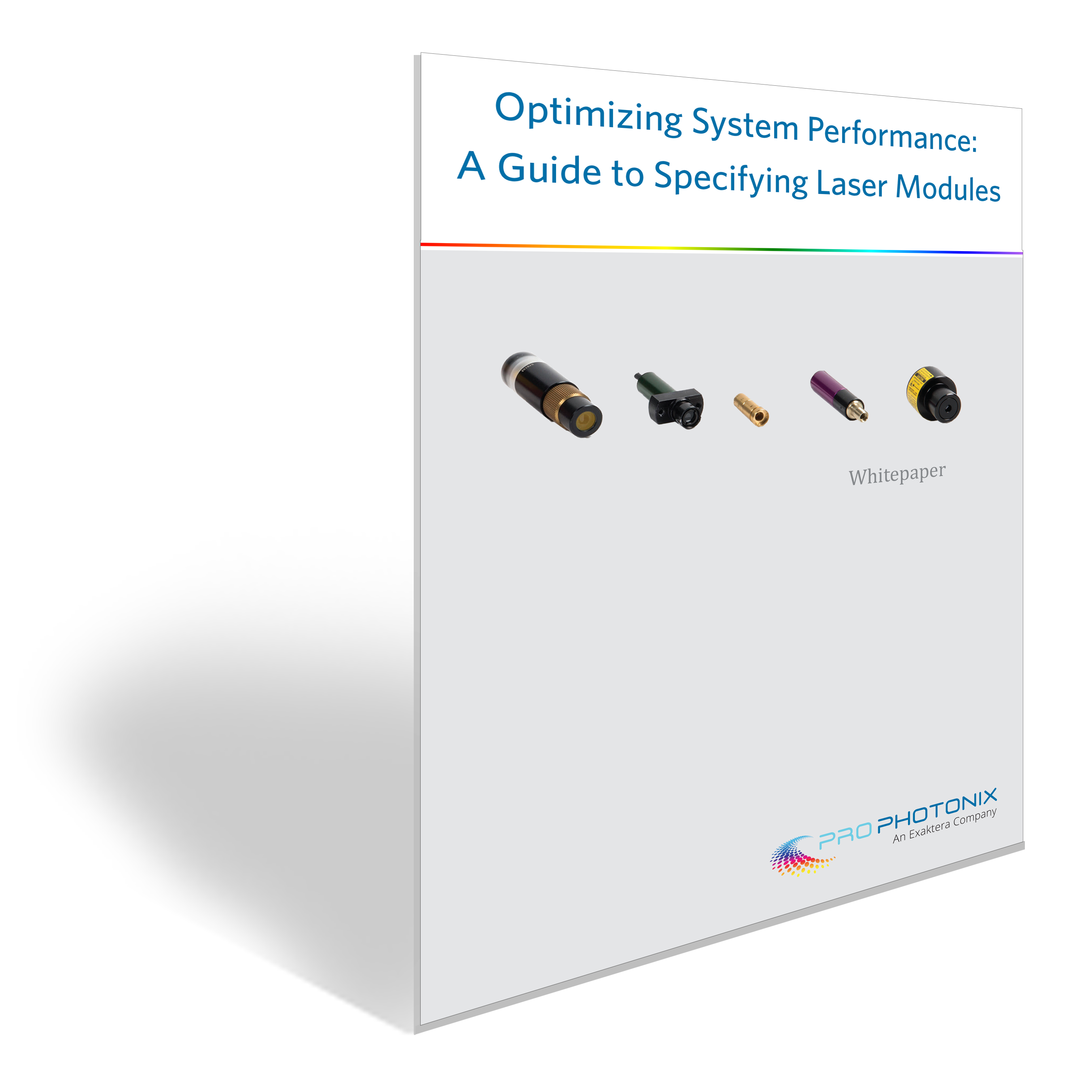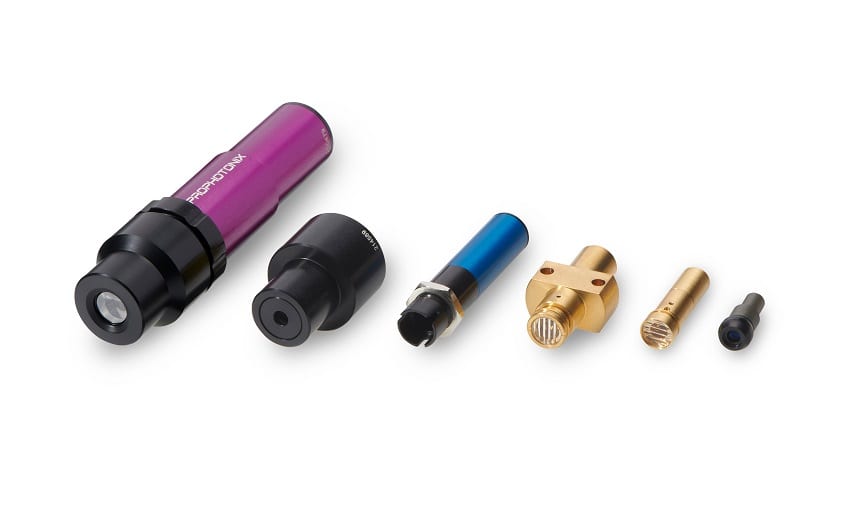With ever increasing quality, traceability and safety requirements in the food and beverage industry, more and more businesses are looking toward vision systems to help improve their efficiencies and overall performance. The rapid improvements in multispectral and hyperspectral imaging technologies, coupled with reduced component costs, has enabled a wider range of applications to benefit from LED technology. In applications such as food and beverage inspection, sorting, grading and analysis; optimized multispectral and hyperspectral lighting is enabling greater efficiencies and accuracy, higher inspection rates, increased throughput and improved quality over traditional technologies.
For more information on multispectral and hyperspectral lighting or the food and beverage industry download our new whitepaper.
